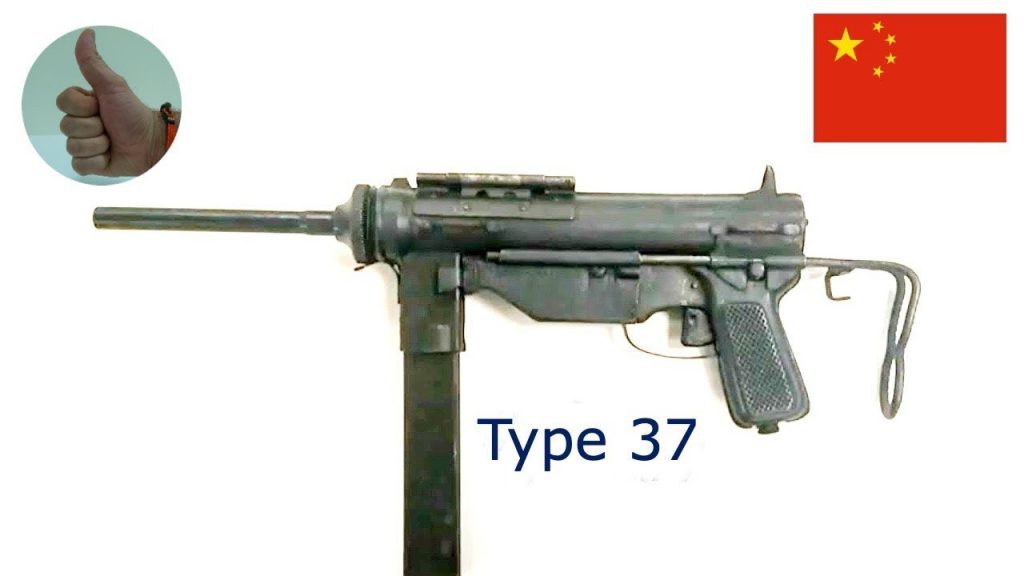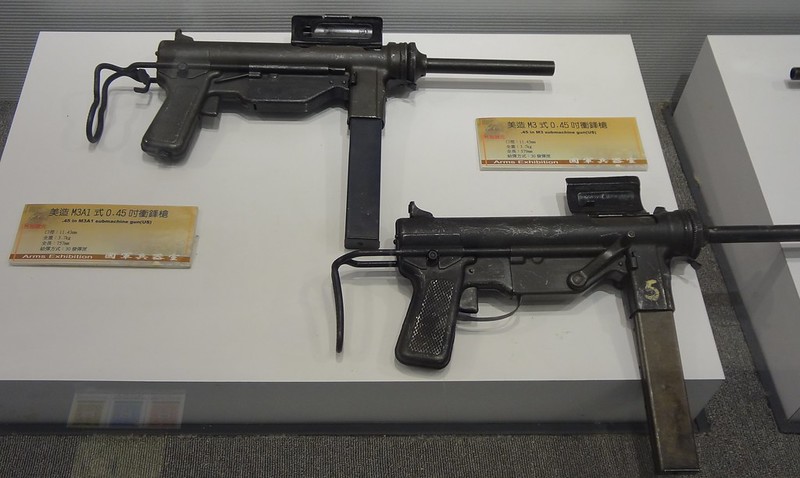
In a post-World War 2 world, we learned a lot about what tactics and weapons worked. This led to advances and even direct copies of foreign guns. China is well known these days for ripping off intellectual property, but it’s nothing new. After World War 2, they created their own variants of the m3 SMG known as the Type 36 and Type 37 submachine guns.
World War 2 started in 1937 for China. The invading Japanese forces saw blood in the water as Chinese Nationalists and Communists fought a civil war. They invaded, which put the Civil War to the side for the time being. The United States backed China, and on December 7th, 1941, that support was cemented. The untied States started a Lend/Lease program with China and supplied them with a number of weapons, including the M3 submachine gun, aka the Grease gun.

After World War 2 ended, the Chinese resumed their civil war. The Soviets predictably backed the communists, and the United States backed the Nationalists. Each side used a mishmash of weapons from the United States, the Soviets, the Brits, and even captured Japanese equipment. They were using weapons on borrowed time, and both began the production of domestic weaponry.
The M3 became a somewhat easy-to-replicate submachine gun. Sure, it was more complicated than the Sten, but a lot more reliable. It also didn’t require the same level of machining a Thompson needed. However, the Chinese did make Thompsons, and that bears mentioning. This led to the Nationalist side creating the Type 36 and Type 37 submachine guns.
The Type 36 and 37 – Simple and Cheap
The Chinese basically replicated the M3A1 Grease Gun as best they could in factories and homemade shops. These guns were even less nice than the original M3. Parts compatibility was basically nonexistent, and they simplified a few features. They removed the wrench flats that made the barrel easy to remove and got rid of the compartment in the pistol grip that allowed for the gun to hold a little oil as well.
The differences between the Type 36 and 37 really come down to caliber. The Type 36 was the standard .45 ACP version. While America loves the .45 ACP, it wasn’t a big hit elsewhere. The Nationalists certainly had American-provided .45 ACP but were likely awash in 9mm after World War 2. This led to the development of the Type 37.

It should be of note that the original M3 was designed specifically to be easy to convert to 9mm should it be needed. I imagine the differences in building the 45 ACP variant and the 9mm variant were few. According to Small Arms Review, the .45 ACP version wasn’t produced in huge numbers, and only 10,000 or so were produced. The Type 37 seemed to have remained in production until the Communist victory of China, forcing the Nationalists to flee to Taiwan.
Unfortunately, it’s difficult to find many examples of the Type 36 and 37 in photographs. The Marine Corps museum has some, but finding photos of soldiers carrying them is difficult. It seems that many photos exist of the Thompson being carried, but none I could find of the Type 37 or Type 37.
Into the Breach
Since 1979 the United States has sold quite a bit of weaponry to Taiwan, and they’ve gotten their own arms production off the ground as well. There is no longer any need for the crudely assembled M3A1 clones. Plus, they didn’t have 80 percent lower jigs and 80% lowers to work with. Like most countries, Taiwan moved away from the SMG in favor of the assault rifle. Still, the Type 36 and 37 remain an interesting part of firearm history with a direct tie to the United States.



